- Learning time
- 20 minutes
- First play time
- 40 minutes
Lord of the Rings: The Confrontation
Designed by: Reiner Knizia
Lord of the Rings: The Confrontation is a two-player game where one side is the fellowship – the good guys – and the other is the dark forces of Sauron, in this game inspired by JRR Tolkien’s famous trilogy.
The board is laid in a diamond-shape between the players, and each side lays out nine pieces on their side of the board, each representing a character – so your opponent doesn’t know which piece is which. The evil player’s goal is to either kill Frodo (the ring-bearer) or have three of their pieces reach the fellowship’s home territory, The Shire. The fellowship player has to get Frodo into Mordor, where the ring can be destroyed in Mount Doom!
On your turn you must move one of your characters forward from one region to another, with the caveat that you cannot have more than two characters on the same space. If you move into a region containing an opponent’s piece, you are attacking them: both players reveal their characters and their is a face-off. The catch here – and what gives Confrontation its value in repeat plays – is that each character has a special ability that – you hope – will negate the effect of your opponent. Each character also has a number value that will help decide the victor in the battle, assuming the special abilities don’t. Each player can now play a single card from their hand -simultaneously! – revealing what power or special ability they are bringing to battle. If the battle is still unresolved, both characters die!
Play continues with each player alternating turns as the forces of both good and evil get increasingly depleted, until one player claims victory. It’s suggested that a complete ‘game’ involves each player playing each side.
Joe says
The Confrontation wears its Stratego roots with pride - and is none the worse for that. It is surprisingly thematic, with most of the interaction between players relating to episodes from the Tolkien books. It is definitely a game best played a few times with a regular partner, as you'll start to internalise the special powers of your opponent, and how they affect certain pieces of yours. That's when the game really shines, as you send Frodo racing through Moria despite your opponent having a piece on the mountains above. They'd like you to think it's the Balrog (which will instantly kill Frodo and end the game) - but you're betting it's a bluff, and it's just the Flying Nazgul hanging out up there.
The guru's verdict
-
Take That!
Take That!
Plenty - the whole game is a series of battles.
-
Fidget Factor!
Fidget Factor!
Low - the rules are light and it's a fast-moving game.
-
Brain Burn!
Brain Burn!
The challenge here is working out (and remembering) which character is where for your opponent. Familiarity with both the character special abilities and the cards (which are slightly different for each player) will help.
-
Again Again!
Again Again!
There's some reasonable replayability here - you can never be sure how your opponent has set up their pieces, and there are different strategies available to both sides.

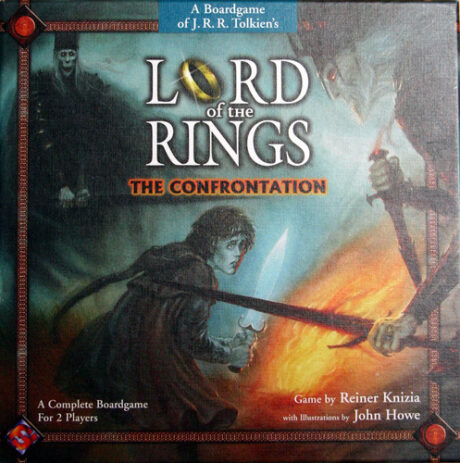

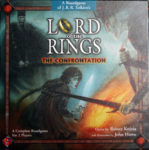
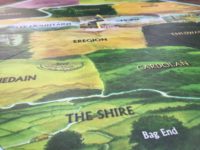
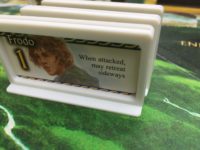
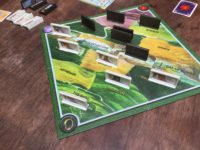
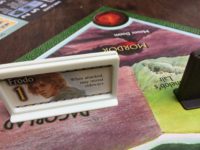


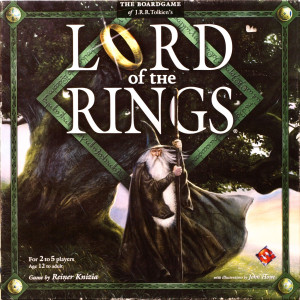
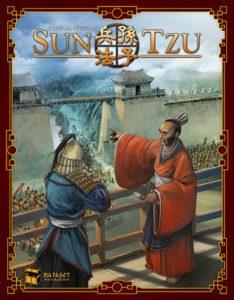
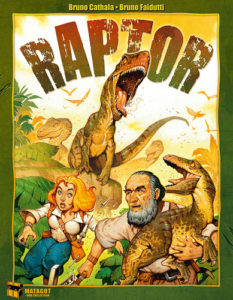
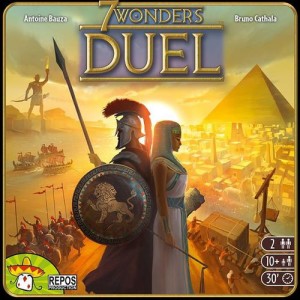
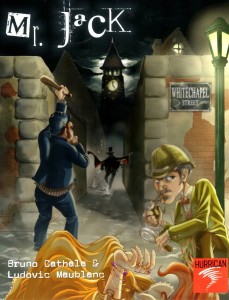
Sam says
Joe and I used to play this a lot over lunch times, and I have fond - ish! - memories of being regularly beaten by him. It's not a game I really long to play, but I admire the asymmetry here and the room for bluff and table-talk. A decent head-to-head battle for those who like their games feisty.